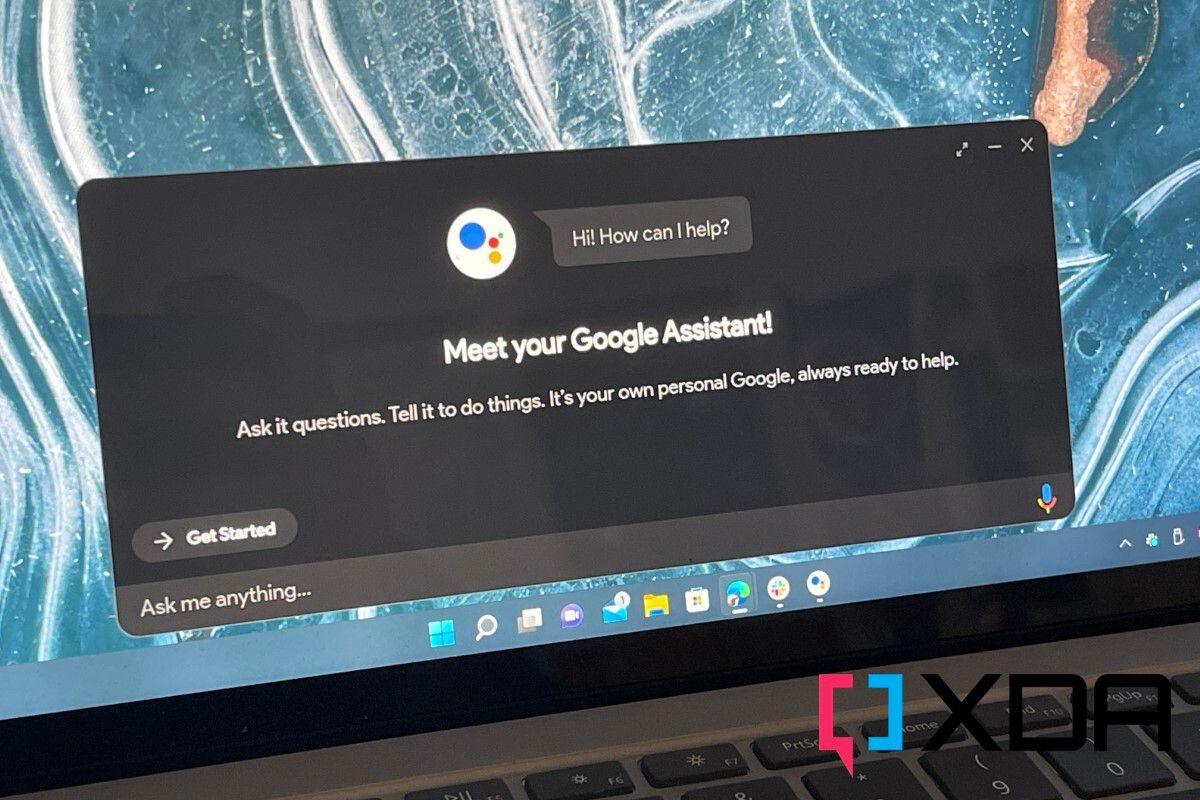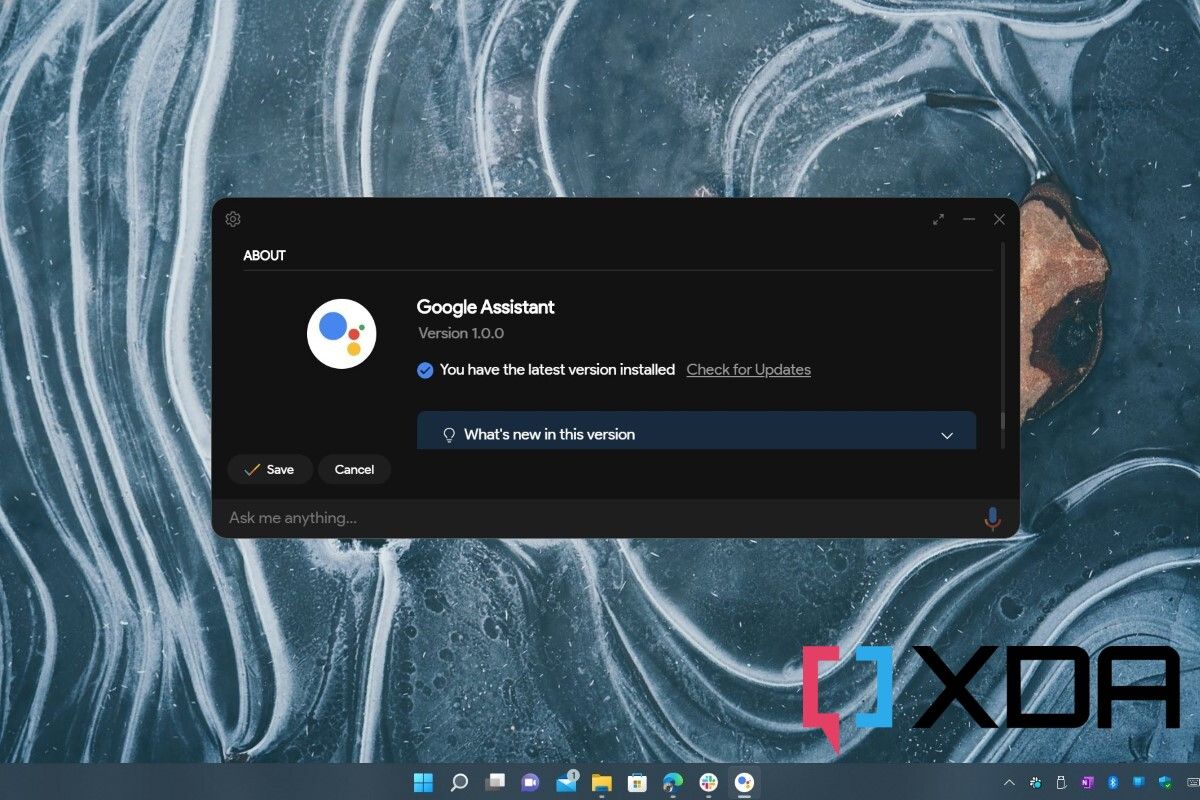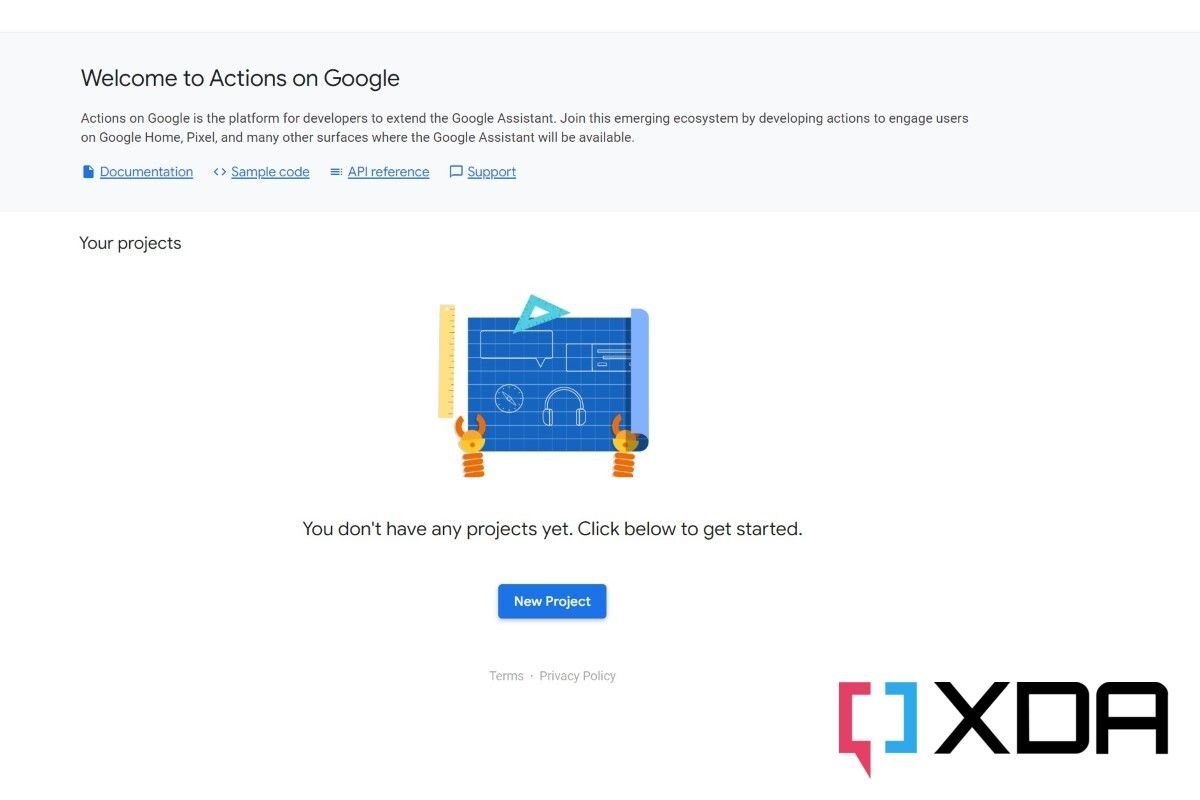Google Assistant can be quite helpful as it will help you answer common questions, help you schedule your meetings, and even help you keep up with the weather, news, and so much more. But are you wondering if you can use Google Assistant on Windows? The bad news is that Google hasn't yet created an official Google Assistant app for Windows devices just yet so you'll have to leverage some workarounds.
Instead, Assistant mainly lives on Android phones, as well as iPhones and other smart devices like smart speakers, smart displays, Chromebooks, and even in your car. Don't worry though, as there are some unofficial ways to get your Google Assistant on Windows. Just keep in mind though, that this isn't for novice users, as there are a lot of technical steps you need to go through. Most people are better off just using Assistant on a phone or other smart device.
Option 1: Download the unofficial Desktop Client
If you want Google Assistant on Windows, the easiest way to get it is to use an unofficial client. The client looks and behaves just like the real one, and is maintained on GitHub. To get started, visit the GitHub page, and scroll down to the Assets section, and pick the latest .exe file. Currently, it is Google-Assistant-Setup-1.0.0.exe
You can ignore the other files, as those are for other operating systems. Once the file downloads, double-click to launch it. You can choose if you want to install the Assistant for all users, or just yourself. Follow the steps on your screen, and when done, you can choose the Run Google Assistant option from the installer and click Finish. The Assistant should then launch. If Google Assistant does not launch, you can search for it in the Start Menu or look for it in your all apps section.
Once the Assistant launches, you'll have to create an authentication file. You'll have to do this through the Google Actions Console, as well as the Google Cloud Console. The Developer of the app has a great guide that can help but be warned, it's a very long process. Once you have the file, you can add it to the unofficial Assistant app via settings manually, or by following the developer's guide linked above.
Again, though, keep in mind that this isn't an official Google Assistant client. It's based on the Google Assistant SDK. This means you might come across some bugs or other issues, or the app might not perform as you expect it to work on phones or other devices. The developer is always looking for feedback in these cases, which is what the GitHub listing is for. You can post on GitHub using the New Issue button if you come across problems and need help.
Option 2: Manually create your own Google Assistant client
The method we mentioned above is the easiest way to get Google Assistant on Windows. However, if you're the adventurous type, you can set out to do it on your own, manually. We won't get into the technicalities of it since it is a long and drawn-out process, but it involves creating a project in the Google Actions Console, as well as the Google Cloud Console. You'll have to create a new project in the Google Actions Console, and then create a token from the Google Cloud Console.
Using a phone or smart device is still the best way
While the above workarounds will get you the Google Assistant on Windows, it's not the ideal method. We still suggest that you use Google Assistant the way Google intends on an Android or iOS device, or on a smart speaker or another official device. This way, you get the best experience possible.



